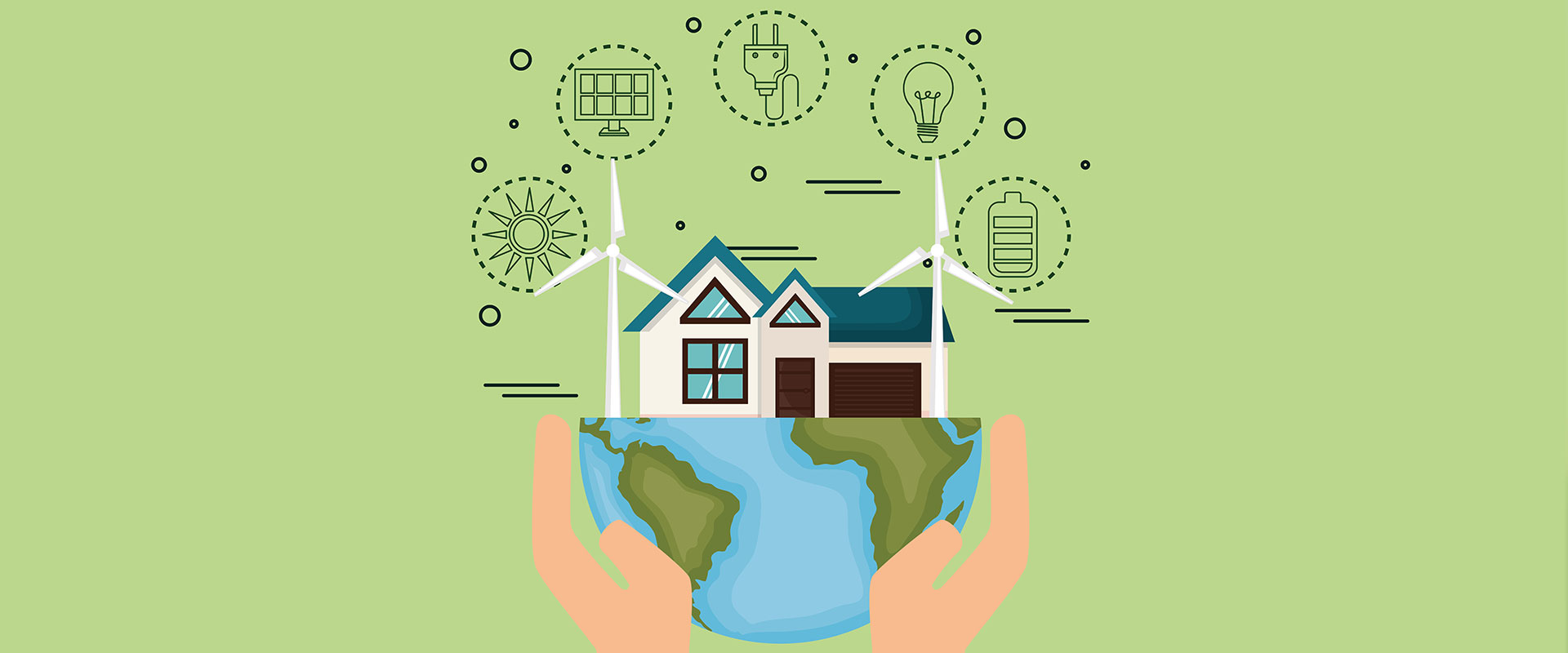
Green Living Made Easy: Maximizing Your Home’s Energy Efficiency
Sustainable living is no longer a niche concept; it’s a global movement aimed at reducing our carbon footprint and preserving the environment for future generations. One crucial aspect of sustainable living is maximizing your home’s energy efficiency. By making simple yet effective changes to how you consume energy at home, you can contribute to a more sustainable future while saving money in the process. In this blog, we’ll explore some practical tips on how to make your home more energy efficient.
1. Invest in Energy-Efficient Appliances:
One of the most significant contributors to energy consumption in homes is appliances. When shopping for new appliances, look for the ENERGY STAR label, which indicates that the appliance meets strict energy efficiency guidelines set by the U.S. Environmental Protection Agency. These appliances are designed to consume less energy while providing the same level of performance.
2. Upgrade Your Insulation:
Proper insulation is essential for maintaining a comfortable indoor temperature and reducing the need for excessive heating or cooling. Inspect your home’s insulation and consider upgrading it if necessary. Good insulation can significantly lower your energy bills by preventing heat from escaping during the winter and keeping your home cooler in the summer.
3. Seal Leaks and Gaps:
Drafts from leaks and gaps around doors, windows, and vents can account for a substantial loss of energy. Seal these gaps using weatherstripping or caulk to prevent unwanted heat exchange.
4. Optimize Your Heating and Cooling Systems:
Heating and cooling systems are major energy consumers. Ensure your HVAC system is well-maintained with regular inspections and filter replacements. You can also install a programmable thermostat to adjust temperatures automatically when you’re not at home, reducing energy waste.
5. Upgrade to LED Lighting:
Replace incandescent and fluorescent bulbs with energy-efficient LED lighting. LEDs use significantly less energy and last longer, making them a cost-effective and environmentally friendly choice. Installing motion sensors or smart lighting systems can also help reduce unnecessary lighting usage.
6. Use Energy-Efficient Water Heating:
Heating water accounts for a substantial portion of your energy bills. Consider upgrading to an energy-efficient water heater, such as a tankless or heat pump system. Lowering the water heater’s temperature and insulating the hot water pipes can further reduce energy consumption.
7. Unplug and Use Power Strips:
Many electronic devices consume energy even when turned off but still plugged in. Unplug devices when not in use or use power strips to easily disconnect multiple devices simultaneously. This practice, known as “vampire power,” can help you save energy.
8. Utilize Renewable Energy Sources:
If feasible, consider installing solar panels to generate clean, renewable energy for your home. In some regions, you may also have the option to purchase green energy from your utility provider, further reducing your carbon footprint.
Maximizing your home’s energy efficiency is a crucial step towards sustainable living. These practical tips not only help reduce your environmental impact but also lead to significant cost savings over time. By making mindful choices about your energy consumption, you can contribute to a more sustainable future while enjoying a more comfortable and energy-efficient home. Start small, and over time, these changes can add up to make a big difference for both your wallet and the planet.
